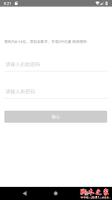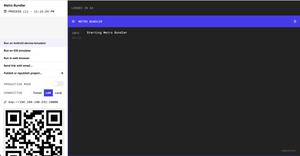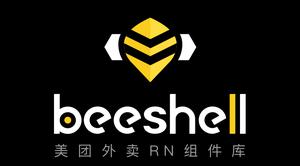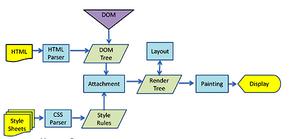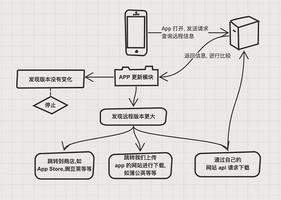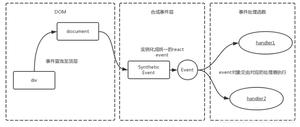React 中的 State 和生命周期
通过 render 更新
开篇先提供了一个例子,会用外部的不断更新状态,来不断刷新 Clock 的组件内容。
function Clock(props) { return (
<div>
<h1>Hello, world!</h1>
<h2>It is {props.date.toLocaleTimeString()}.</h2>
</div>
);
}
function tick() {
ReactDOM.render(
<Clock date={new Date()} />,
document.getElementById('root')
);
}
setInterval(tick, 1000);
通过修改 State 来更新
class Clock extends React.Component { constructor(props) {
super(props);
this.state = {date: new Date()};
}
componentDidMount() {
this.timerID = setInterval(
() => this.tick(),
1000
);
}
componentWillUnmount() {
clearInterval(this.timerID);
}
tick() {
this.setState({
date: new Date()
});
}
render() {
return (
<div>
<h1>Hello, world!</h1>
<h2>It is {this.state.date.toLocaleTimeString()}.</h2>
</div>
);
}
}
ReactDOM.render(
<Clock />,
document.getElementById('root')
);
正确地使用 State
- 不要直接修改 State,而是通过 setState
- State 的更新可能是异步的,可以参考下例在 setState 中使用函数
- State 的更新会被合并,提供的对象合并到当前的 state
// Wrongthis.setState({
counter: this.state.counter + this.props.increment,
});
// Correct
this.setState(function(state, props) {
return {
counter: state.counter + props.increment
};
});
数据是向下流动的
state 除了拥有并设置了它的组件,其他组件都无法访问。组件可以选择把它的 state 作为 props 向下传递到它的子组件中。
以上是 React 中的 State 和生命周期 的全部内容, 来源链接: utcz.com/z/264143.html

